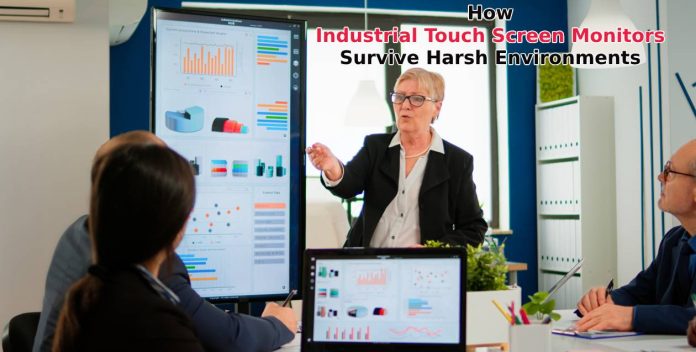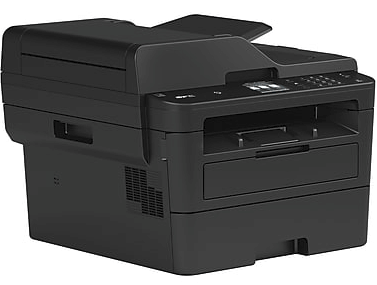Imagine a world where delicate computer monitors can thrive in the heart of a factory floor, amidst the constant threat of dust, water splashes, and accidental bumps.
This world is no longer a fantasy thanks to industrial touch screen monitors. These specialized displays are built to defy the challenges of harsh environments, offering the benefits of touch technology without succumbing to the elements.
Let’s delve into the secrets behind their remarkable resilience.
Built to Endure: Forging a Shield Against the Elements
Unlike their office counterparts, industrial touchscreen monitors boast a robust construction. Here’s how they stand up to the common foes of a factory floor:
Sealed Enclosures:
Forget dust bunnies and rogue water droplets. Industrial monitors feature sealed enclosures, often with IP (Ingress Protection) ratings that indicate their resistance to dust and water intrusion.
This creates a protective barrier, ensuring the internal components remain safe from contaminants.
Hardened Screens:
Gone are the days of worrying about a stray tool nicking the display. Industrial touchscreens utilize scratch-resistant materials like tempered glass or specialized coatings. These surfaces can withstand accidental contact with tools or equipment, maintaining a clear and functional display.
Ruggedized Bezels:
The bezels, the frames surrounding the screen, are equally crucial. Industrial monitors often feature thick and sturdy bezels made from impact-resistant materials.
This provides additional protection against bumps, drops, and vibrations, safeguarding the delicate components within.
Beyond Basic Protection: Adapting to Extremes
Industrial environments aren’t just about dust and splashes. They can also subject electronics to a range of temperature extremes. Industrial touchscreen monitors are built to handle these variations:
Extended Operating Temperatures:
Traditional monitors might struggle in a factory where temperatures fluctuate. Industrial options have a wider operating temperature range, ensuring reliable functionality in hot or cold environments.
This allows for seamless operation regardless of seasonal changes or specific production processes.
Resistance to Shock and Vibration:
Factory floors can be prone to vibrations from machinery. Industrial touchscreens are designed to withstand shocks and vibrations without compromising performance.
This ensures they remain operational even in environments with constant movement or heavy equipment.
Unveiling the Technology: Touch That Doesn’t Flinch
A core aspect of any touch screen monitor is its ability to register touch interaction. In harsh environments, this technology needs to be equally robust:
Resistive vs. Capacitive:
Industrial touchscreens often utilize resistive touch technology. Unlike capacitive touchscreens, which rely on electrical changes from finger contact, resistive options require pressure to register a touch.
This makes them more resistant to dust, moisture, and accidental touches from gloves or tools, ideal for situations where precise fingertip interaction might not always be possible.
Multi-Touch Capability (Optional):
Some industrial touchscreens offer multi-touch functionality, allowing users to interact with the screen using multiple fingers simultaneously.
While not essential in all situations, this can be beneficial for specific applications like zooming in on detailed schematics or manipulating complex data visualizations.
Conclusion: Unveiling the Power of Touch in Demanding Environments
By conquering the challenges of harsh environments, industrial touchscreen monitors unlock a world of possibilities:
Enhanced Efficiency:
They facilitate faster data input, improved communication, and real-time access to critical information, streamlining workflows and boosting productivity.
Reduced Downtime:
The robust design minimizes the risk of damage from environmental factors, leading to fewer equipment failures and extended uptime.
Improved Safety:
Touchscreens, especially those compatible with glove use, eliminate the need for operators to remove gloves when interacting with the system, promoting safety and reducing the risk of contamination.
Conclusion:
Industrial touchscreen monitors represent a significant leap forward, allowing us to harness the power of touch technology in environments previously deemed too hostile. As technology continues to evolve, we can expect even more advancements in durability, functionality, and design, further empowering industries to thrive in the face of any challenge.










